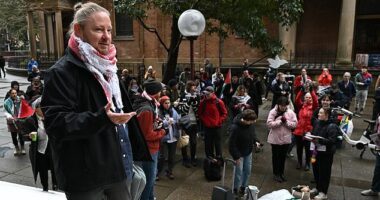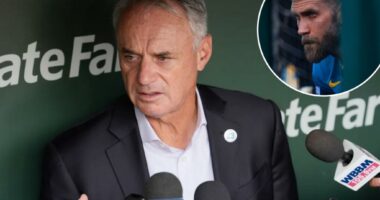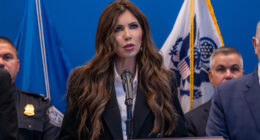It is, so far, the second-deadliest year for the race, which over the years racked up a death toll of 11 sailors prior to this year, most of whom drowned.
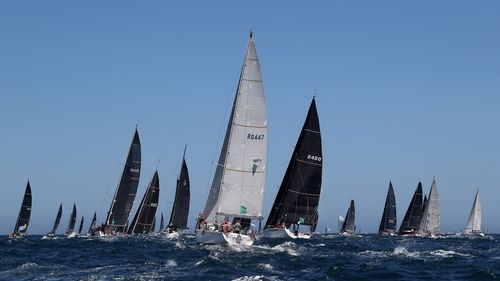
The first death was recorded in 1973, when John Sarney had a heart attack aboard the yacht Inca.
Barry Vallance died in 1975 when his yacht Zilvergeest II was grounded and he got out to push it – bringing on another heart attack.
There were three more deaths the following decade, including Walter Russell on Yahoo II in 1984, Ray Crawford on Billabong in 1988, and Peter Taylor on BP Flying Colours in 1989.
But the race’s deadliest year would come nearly a decade later.
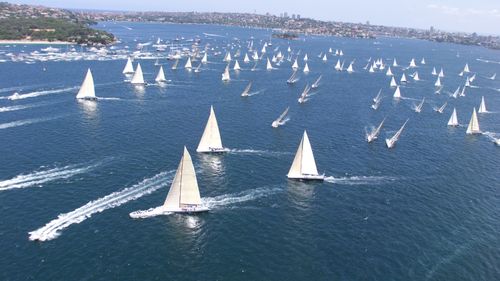
The 1998 race saw 115 yachts set out from Sydney Harbour, but only 44 made it to Hobart.
On December 27 that year, a deadly super-cell storm struck the fleet off the south-east coast.
Winds of up to 118km/h were recorded, with gusts of up to 148km/h.
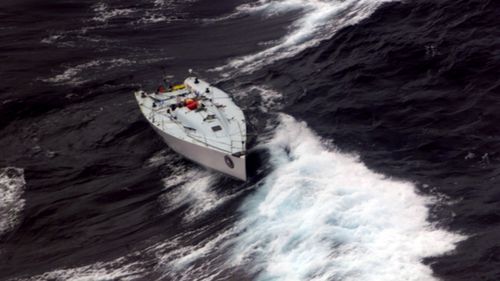
Five boats were sunk, seven abandoned, and 55 people had to be rescued from their vessels.
John Dean, James Lawler, and Michael Bannister of the Winston Churchill all drowned after being swept from their life raft.
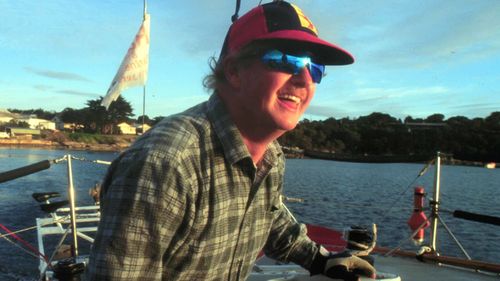
Bruce Guy and Phil Skeggs of the Business Post Naiad, and Glyn Charles from the Sword of Orion also died – Guy of a heart attack, Skeggs when he was trapped under a lifeline, and Charles when his safety harness failed.
The bodies of Dean and Charles were never recovered.
More than 30 military and civilian aircraft and over 25 naval vessels were deployed in the rescue effort, with the cost estimated at $30 million (about $60.3 million today).
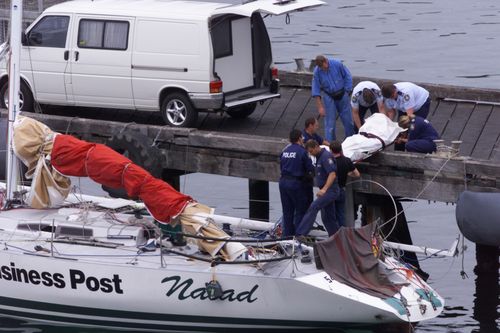
A resulting inquiry recommended multiple safety changes to the race, while a coronial inquest blamed both race hosts Cruising Yacht Club Australia and the Bureau of Meteorology for lacking initiative as the conditions worsened.
Then-race director Phil Thompson resigned following the inquest.
Vice Commodore David Jacobs has promised another investigation into the deaths of 2024 – the first in the race in more than a quarter of a century.

